Textu(r)al Urban Mobilities: Cities | Objects | Narrations
“Mobilities” DiSSGeA Department Development Project (PSD 2025-2027)
Using a very common metaphor, we could say that the city is a text put in motion by diverse human and non-human agents. Urban mobilities are conveyed through discourses, texts, and narratives of various kinds. The city can therefore be seen as a rich interweaving of textual forms, which compose an extremely articulated fabric that contributes to shaping mobilities in the past, present, and future. Adopting a textual approach to the urban means also considering cities as communication devices and environments, semantic containers, sets of signs that produce meaning, have symbolic and performative powers. In this immaterial layer there is always an implied agency of materials, objects, and things that compose and animate urban life and interact with textualisation processes.
In recent years, literary urban studies, in addition to investigating literary works dedicated to cities, have worked to expand their field of action by interpreting the complex of contemporary urban phenomena through the broader filter of narrative and text. Moreover, according to a geosemiotic and a design-oriented approach, the city is not only mediated by texts of various kinds but is itself a text as a material support in which a considerable amount of signs is inscribed. Drawing inspiration from these and other developments in research within the well established field of ‘cities and/as texts’, the project focuses on urban mobilities as an area particularly interested in the interweaving of narratives and objects, texts and non-human entities, meanings and things.
This allows for the adoption of multiple theoretical perspectives, including object-oriented philosophies, enactivist approaches to narratives, mobilities design, new materialisms, future studies, infrastructure studies, literary urban research, urban history and urban geography. The dialogue implemented between scholars from different backgrounds and the organized activities will also allow for a methodological exchange, which will include mobile and creative methodologies, close reading, discourse analysis, embodied ethnography, archival research on urban environments, among others.
Main activities:
- Participation in the T2M (International Association for the History of Transport, Traffic and Mobility) Conference held in Eindhoven (NL) 4-7 November 2025 with a MoHu panel titled “Reading, enacting, and prospecting alternative mobilities: cities, texts and materialities”.
- Organization of a scientific event at our MoHu centre in Padua to be held in early 2026 (February) with some invitations of scholars who are connected with the MoHu through existing formal partnerships. The event will not only host such main partners but will also involve early career Dissgea scholars (PhD and postdoc) as well as Dissgea students, by hosting a Poster Session open to final dissertation projects and other works by MA students of Dissgea working on conference-related themes.
External Participants & Partnerships:
Simone Fari, University of Granada, MoHu past visiting
Ole B. Jensen, Aalborg University, MoHu honorary member and past visiting
CRPM (Centre de recherches pluridisciplinaires et multilingues) ESPACE, DÉPLACEMENT, MOBILITÉ GROUP based at UNIVERSITÉ PARIS NANTERRE. Referents: Lucia Quaquarelli and Adrien Frenay
MOBILITIES IN LITERATURE AND CULTURE RESEARCH CENTRE based at the UNIVERSITY OF SURREY. Referent: Gabriele Lazzari
FRINGE URBAN NARRATIVES research network, based at the UNIVERSITAT AUTÒNOMA DE BARCELONA. Referent: Patricia Garcia
Principal investigator:
Tania Rossetto
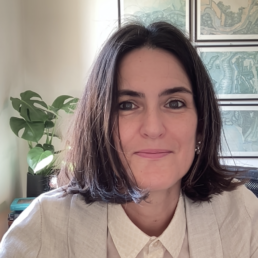
Members:
Enrico Valseriati
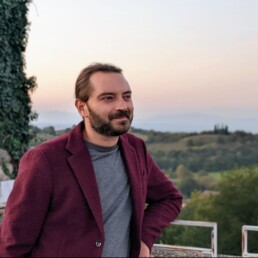
Giada Peterle

Margherita Cisani
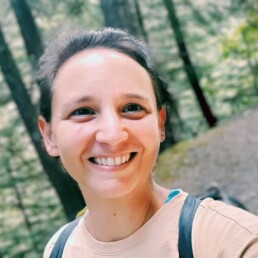
Laura Lo Presti
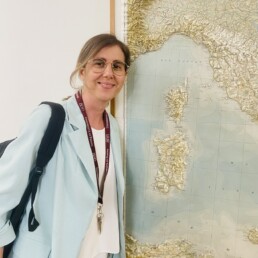
Giuseppe Tomasella
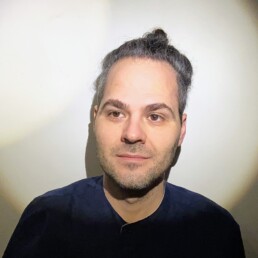
Francesco Zuccolo

